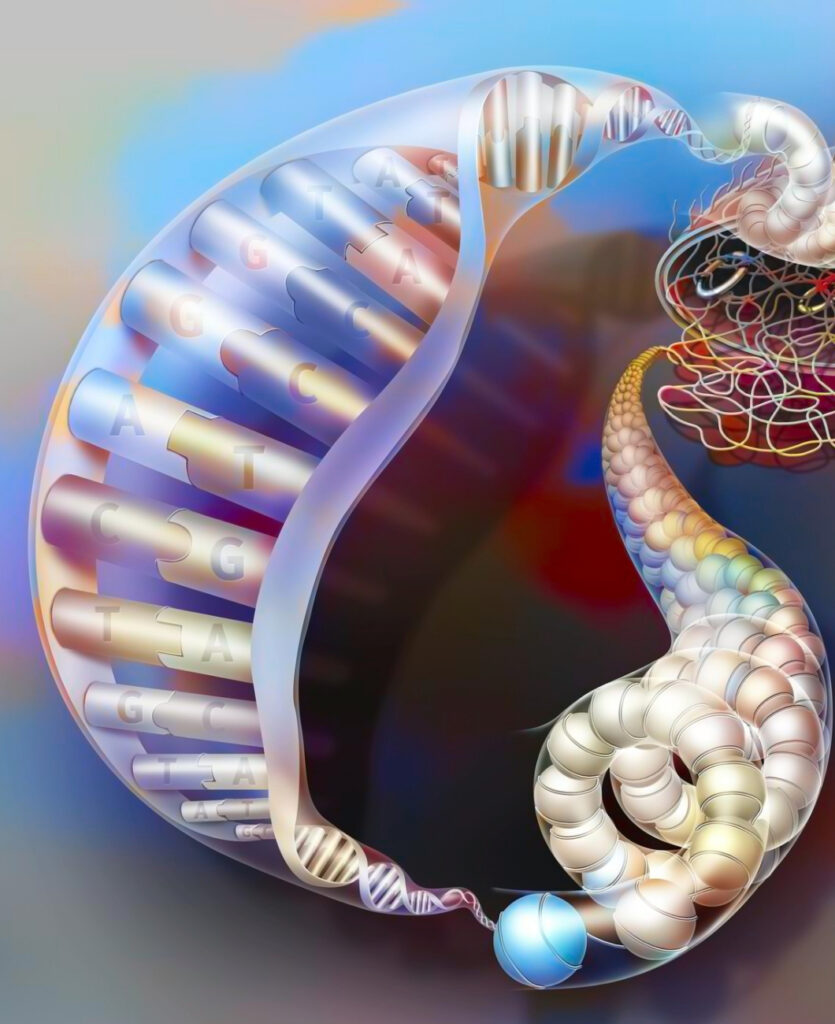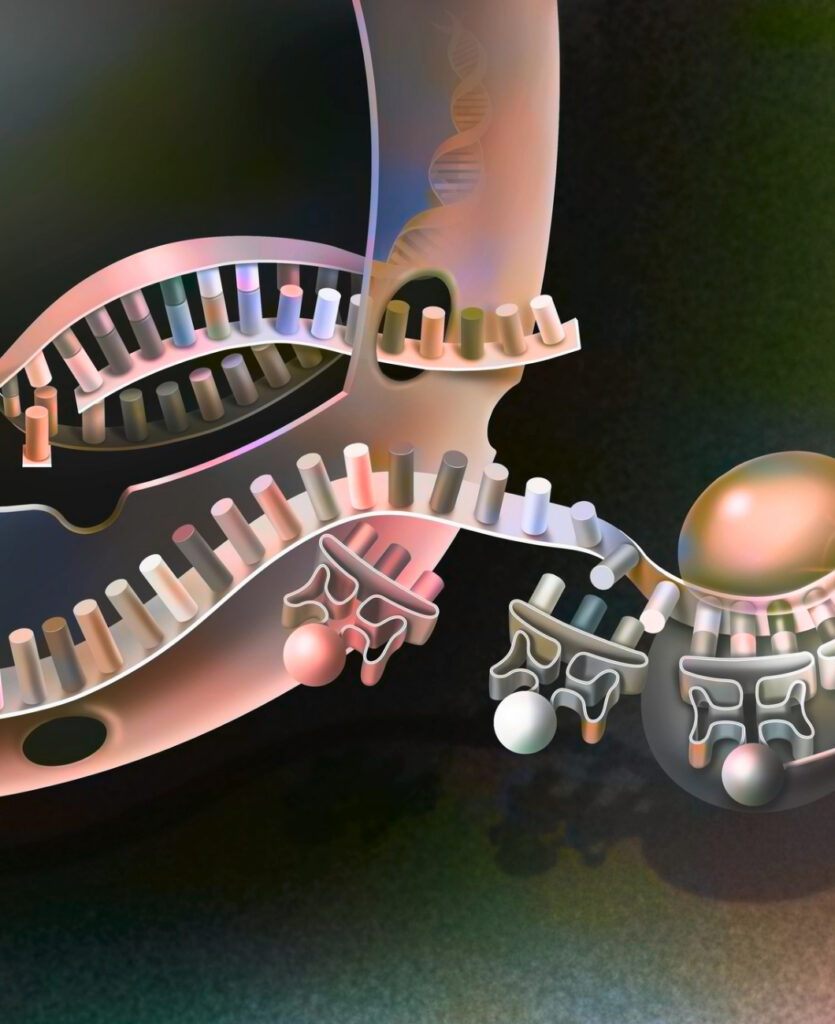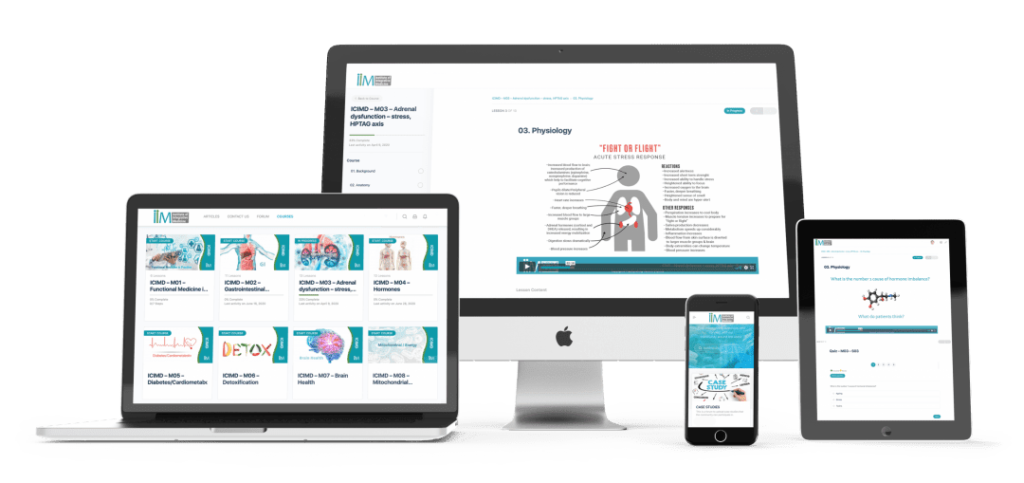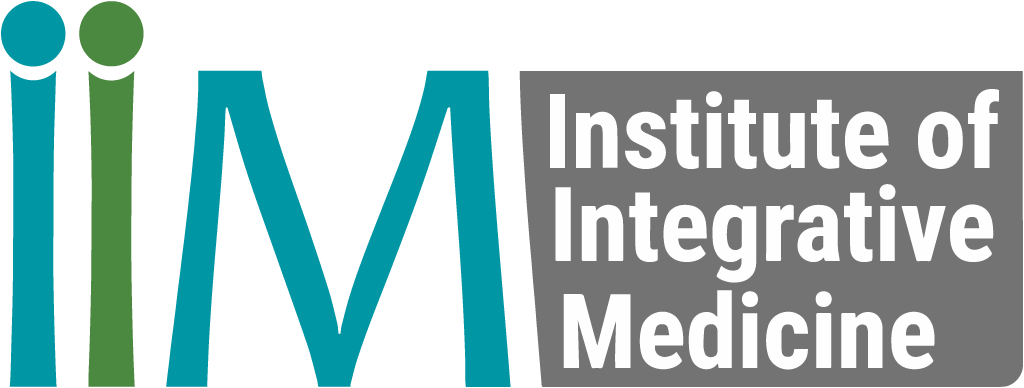Doctoring Beyond Genes: An Integrative Approach
Beyond just addressing symptoms, consider the potential of epigenetics. Unlike permanent mutations, modifiable epigenetic marks act as a layer of gene expression control, influenced by a patient’s environment and lifestyle. Daily habits, diet, stress levels, and exercise can all contribute to these changes. Optimising these factors presents a new avenue to potentially influence gene expression and promote a cellular milieu conducive to improved patient outcomes.
While appreciating the current limitations in our understanding of the genome, advancements like epigenetics offer valuable insights into human health and disease. Epigenetics, distinct from genetics, delves into the intricate world of gene expression regulation without altering the underlying DNA sequence. In our previous blog post, we explored the link between epigenetics and cancer. Here, we delve deeper into specific epigenetic modifications discussed earlier, aiming to elucidate their significance in cancer development.
Unveiling the Chemical Code: Histone Modifications

Imagine the DNA in the cell nucleus as a vast library of information, tightly coiled up for storage. Histones are proteins that package DNA, acting like spools for thread. Chemical tags like acetylation, methylation, phosphorylation, and ubiquitination act like flags on the spools, influencing how tightly the DNA is wound.
- Acetylation loosens the packaging, making genes more accessible for expression, like a librarian marking a book for easy retrieval.
- Methylation can have varying effects depending on the location of the tag. Sometimes it loosens the coil, allowing for gene expression, while other times it tightens the coil, making genes inaccessible, like a librarian marking a book as restricted.
- Phosphorylation plays a role in important cellular processes like cell division and DNA repair, acting like a signal flare to call for cellular maintenance.
- Ubiquitination is a tag that can target histones for degradation, marking them for breakdown and replacement, which can influence chromatin structure and gene expression.
Deciphering the Epigenetic Landscape: How Histone Modifications Affect Gene Expression
Think of DNA as a massive instruction manual, containing all the information a cell needs to function. But cramming this lengthy manual into the tiny cell nucleus would be like trying to stuff a phone book into your pocket. Histones come in handy, acting like spools for thread. DNA meticulously wraps around these protein spools, which are positively charged, attracted to the negatively charged DNA like opposite ends of a magnet. This magnetic attraction allows DNA to condense into organised structures called nucleosomes. Nucleosomes are like tiny spools of thread in a basket, allowing the cell to efficiently store its genetic library.
- Acetylation acts like adding tiny tags (acetyl groups) to the histone tails. These tags neutralise the positive charges, making the DNA grip looser. This loosens the coil, allowing the cellular machinery to access the genes more easily, boosting gene expression.
- Methylation is like adding a sticky note (methyl group) to the histone tail. This can have different effects depending on its location. Sometimes, it weakens the grip between DNA and histone, similar to acetylation, allowing easier gene access and increased expression. In other locations, it acts like a “stop” sign, making the DNA tighter and genes less accessible.
- Phosphorylation and ubiquitination are like adding even more specialised tags (phosphate and ubiquitin) to the tails. These tags are like cellular signals, potentially triggering different processes. Phosphorylation can be a signal for DNA repair, while ubiquitination can mark histones for degradation. These processes can indirectly influence gene expression by making the DNA more or less accessible.

Imagine DNA as a vast instruction manual tightly wrapped around protein spools called histones. These spools come together to form nucleosomes, the building blocks of chromatin. Further coiling forms chromosomes, allowing the cell to pack its genetic material efficiently.
The key to gene expression lies in how tightly DNA is wrapped around the spools. Histone modifications act like tiny switches. Adding chemical groups like acetyl or methyl groups can loosen the grip, making the DNA more accessible. This increases gene expression, as the cellular machinery can now easily read the instructions. Conversely, removing these groups or adding different ones can tighten the grip, making the DNA inaccessible and silencing the genes.
DNA Methylation
DNA methylation is a well-studied epigenetic modification where a small chemical group (methyl – CH3) is added directly to the DNA molecule. This seemingly minor tweak can have significant consequences for gene expression.
- Location matters: Methylation primarily targets specific areas called CpG sites, where a cytosine nucleotide is followed by a guanine.
- When methylation occurs near gene promoter regions, it acts like a “mute button,” often making the gene less active or even silencing it completely. This is crucial for keeping certain genes, like those controlling cell division, in check.
- Methylation within the gene itself can sometimes have the opposite effect, acting like a “go” signal and promoting gene activity.
DNA Methylation and Cancer
Imagine DNA methylation as a dimmer switch on your genes. Normally, it fine-tunes gene activity.
- Flipping the switch one way (hypermethylation) can silence essential tumour suppressor genes. This acts like turning the dimmer switch completely off, preventing these genes from controlling cell growth. Unchecked cell division is a defining characteristic of cancer.
- In another scenario (hypomethylation), the dimmer switch is stuck in the “on” position. This can occur specifically for genes called oncogenes, which promote cell growth. When these oncogenes are constantly active due to the lack of methylation-induced silencing, it can also lead to the development of cancer.
Unveiling the Regulatory Powerhouse: Non-Coding RNA

- While messenger RNA (mRNA) takes centre stage in protein production by translating genetic code, a different class of RNA, aptly named non-coding RNA, plays a crucial role in regulating gene expression. Unlike mRNA, non-coding RNA doesn’t directly translate into proteins. Instead, it plays a fine-tuning role within the cell.
- Two key players in the non-coding RNA world are microRNAs (miRNAs) and long non-coding RNAs (lncRNAs). miRNAs act like molecular brakes, binding to messenger RNA and potentially causing gene silencing. This ability makes them valuable tumour suppressors, as they can target cancer-promoting genes (oncogenes) and shut them down. However, miRNA can also silence tumour suppressor genes, inadvertently promoting cancer development.
- LncRNAs, on the other hand, function more like molecular scaffolds. They provide a platform for proteins that modify chromatin, the tightly packed DNA within the cell. This interaction can influence gene expression by altering how accessible the DNA is. Additionally, lncRNAs can interact with molecules involved in DNA methylation, another layer of gene regulation.
- In essence, non-coding RNA acts as a complex regulatory network, fine-tuning gene expression and playing a vital role in various cellular processes.
Conclusion
While our DNA blueprint remains constant, its expression can be influenced through epigenetics. Unlike mutations, which permanently alter the genetic code, epigenetic modifications act as a layer of control, regulating which genes are turned on or off. This influence stems from factors like our environment, habits, and lifestyle choices. Daily activities, dietary habits, stress levels, and physical exercise can all contribute to these epigenetic modifications. Therefore, focusing on a healthy lifestyle goes beyond just physical benefits. By optimising these factors, we can potentially guide the expression of our genes, fostering a cellular environment conducive to overall well-being.
How do I Become a Functional Medicine Practitioner to learn more about Epigenetics in Medicine?

The Institute of Integrative Medicine is a global leader in the field of Integrative Medicine Education. Integrative medicine aims to be at the forefront of modern technology and new discoveries and focuses on the root cause of disease. While the human genome provided a foundational understanding of health, epigenetics reveals a deeper layer. This emerging field explores how our genes and environment interact, influencing our well-being. Integrative medicine incorporates these epigenetic insights, offering a comprehensive approach to patient care. We offer certified online courses helping you to take charge of your practice and improve the quality of life for your patients. Find out more about the courses we offer today!

